Search Results
Fine Jewelry University Articles matching: “ceramic pendants”
Showing only FJU Article results. Click here to show all results.
Fine Jewelry University (Show All FJU Articles)
-
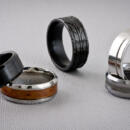
Alternative Metals for Men’s Jewelry
…different size). Carbon fiber wedding bands display high style and strength setting the wearer apart from the crowd. Ceramic (Titanium Carbide) Ceramic jewelry, like many of the “alternative metals” is lightweight, hypoallergenic, and … is also called titanium carbide. Ceramic titanium carbide is very hard and used as a heat guard in space shuttles. Ceramic jewelry measure around 9 on the Mohs scale of mineral hardness which is comparable to tungsten carbide and sapphire. …
-
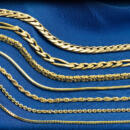
Types of Necklace Chains
… chain is one of the most fundamental pieces of jewelry that exists. It can simply be the thing you use to wear your pendants, or it can make a statement all by itself. You can wear one everyday and not think twice about it, or it can be your…, cable chains can easily be worn on their own or layered with other chains. They are also a great option for pendants because they are flexible and don’t often snag the pendant bail. They are also relatively strong to support the weight of a…
-
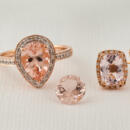
Gem in the Spotlight: Morganite
… which make it a great gemstone for jewelry. Its wide range of soft pinkish colors makes it highly desirable as it compliments most skin tones and complexions. It is entirely appropriate for everyday wear, and it can be worn as rings, pendants, earrings, necklaces, bracelets, pins, brooches, or whatever else you can think of. Morganite is considered very affordable, especially allowing for its rarity. But, it may be hard to find in local jewelry stores as it is still …
-
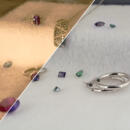
Gem in the Spotlight: Alexandrite
… 8.5. Because of its high hardness, alexandrite is suitable for everyday wear. That being said, because of natural alexandrite’s tremendous value and rarity, it is recommended to be worn carefully or put in jewelry such as earrings or pendants that are less prone to impacts than rings, for example. Alexandrite isn’t the only stone to display color-change phenomena. There are color-change varieties of many gems including sapphire, tourmaline, spinel, garnet, etc. Alexandrite…
-
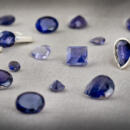
Gem in the Spotlight: Iolite
… mind inspiring self-expression through writing, song, movement, and other artistic endeavors. Iolite is a special gemstone that is absolutely wonderful in jewelry. The subtle range of hues from blue to violet makes for elegant rings, pendants, and earrings. All in all, iolite is a great
-
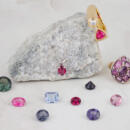
Gem in the Spotlight: Spinel
… born in August, it’s time to get excited. Gemology of Spinel With a Moh’s hardness of 8 and good toughness spinel is a great choice for all forms of jewelry. We recommend occasional wear for rings and bracelets, but earrings and pendants are suitable for daily wear. Spinel can come in virtually any color of the rainbow which is one of the reasons why the August birthstone change is so exciting. Before, August babies were left with only the vibrant green of peridot, but now…
-
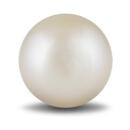
Gem in the Spotlight: Pearl
…, rather than within the body of the mollusk itself. This creates a flat, rounded pearl that has a distinctive shape and appearance. Mabe pearls are typically used in jewelry designs that require a flat surface, such as earrings, pendants, and rings. Seed Pearls: These are very small pearls, typically less than 2mm in diameter, that are so named because they resemble the size and shape of a seed. They are formed in the same way as larger pearls only a smaller nucleus is …